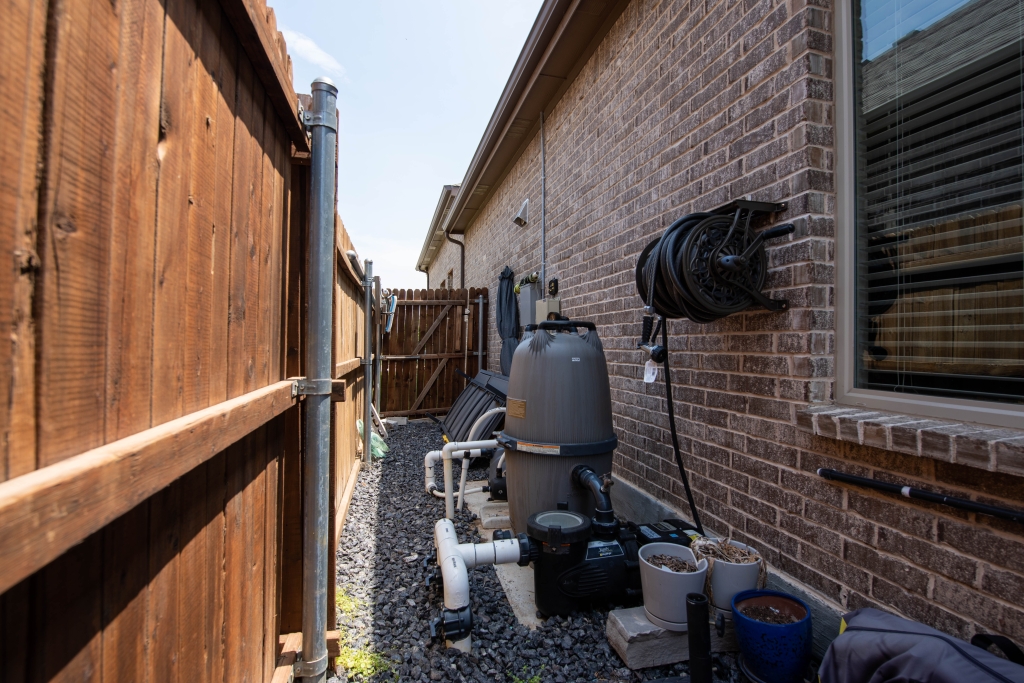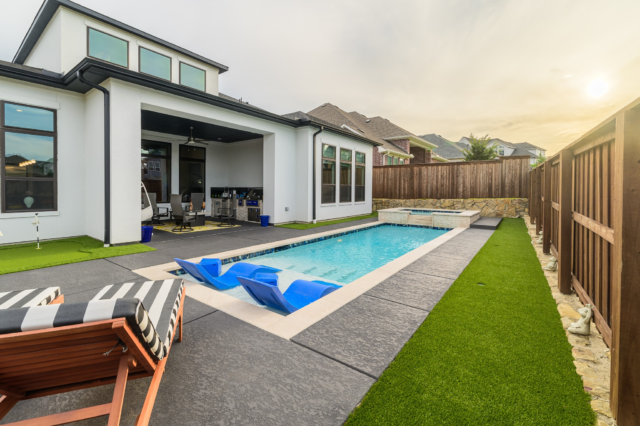What Is a Variable Speed Pump?
As a pool owner, you want to make sure that your pool is working as efficiently and effectively as possible in terms of cleanliness, cost, and energy usage. The good news is that rapid advances in modern technology mean that new solutions are coming onto the market all the time that are improving performance in all these areas. Plus, variable speed pumps were mandated as of 2021 by the Department of Energy.
One piece of kit you might want to consider as a cost and energy-saving option for your pool is a variable speed pump. If you’ve not come across this type of technology, this article will explain what it is and explore the relative merits of variable speed pumps and their more traditional single speed counterparts.
What is a variable speed pump?
As the name suggests, a variable speed pump is a pump that can be run at different speeds. However, there’s much more to it than that, because it can also be programmed to run at specified times. This helps to make sure it’s always working in the most effective and economical way for your pool, your home, and your lifestyle.
There are many different brands and types of variable speed pumps available, some of which run at two or three speeds and some that offer up to eight. That allows you to vary the speed based on usage. For instance, you’ll probably want it to run at a higher speed when the pool is being used a lot, such as at weekends, but turn it right down during quieter times, such as at night.
With a traditional pump, you pretty much turn it on, leave it to run at a single, predetermined speed, and then turn it off again when the job is done to your satisfaction or you actually remember to do so.

The benefits of a variable speed pump
-
Reduced energy costs
The first thing you need to look at when considering a variable speed pump is your energy bill. If you are spending more than you think you should to run your existing pool, consider going with a variable speed pump. Since these pumps run at various speeds, they will use considerably less energy than a traditional pump that runs at full speed all of the time.
Some manufacturers claim that you could save up to 85% or even 90% of your pool energy costs by switching to a variable speed pump, although a more realistic figure might be closer to about 65%. Nevertheless, this still represents a substantial reduction in running costs that could quickly offset the higher upfront cost of purchasing and installing one.
-
Latest technology
With variable speed pumps generally being the latest designs using the latest technology, you’re also getting the advantage of other advances such as more efficient filtration systems and fewer chemicals. That’s because the slower speeds at which they operate can improve the quality of the water in the pool. You can also manage how your variable speed pump is operating by connecting it to your Wi-Fi and programming it with an app on your cell phone, meaning that you can have complete control from wherever you are and at any time.
-
Quieter
Because you’re usually running your variable speed pump at a lower speed than the single speed version – especially at night – you can benefit from the quieter operation that results.
The benefits of a single speed pump
-
Lower upfront cost
Single speed pumps may cost more to run on a day-to-day basis, but the variable pumps cost more to buy in the first place. We’ve already considered how the reduced running costs you can get using a variable speed pump might offset that lower price, but if you’re not sure, it might be worth taking the time to do a few calculations. Some manufacturers, such as Pentair, have calculators on their sites that enable you to work out how much you could actually save based on your specific pool and location, so that you can see how long it would take to make back the additional upfront cost of a variable speed pump. You might also need to factor in the fact that variable speed pumps usually last longer, because they are spending so much of their working life running at a slower speed.
-
Ease of operation
Using a single speed pump couldn’t be easier – you simply turn it on and let it do its job. The variable speed pump, on the other hand, needs you to actively program it to get the most out of it. If you’re easily confused by such technology, you might prefer to keep it simple by staying with your current version rather than making the switch.
If you’re considering upgrading an older pump to a variable speed pump, call the pool equipment professionals at Pulliam Pools today. Our experienced representatives can talk you through your options and help take the guesswork out of which pool pump will best meet your needs.




